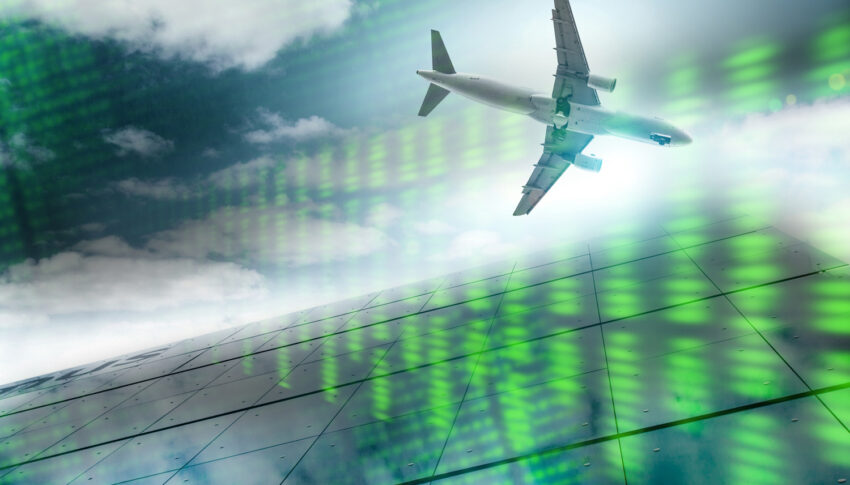Aviation’s digitalisation journey combines the technology trajectory of wider industry with specific requirements, legacy systems and an increasingly digitalised product line. Threading this digital needle is a fascinating challenge, as John Walton reports.
More than ever before, companies within the aviation industry are focussing on integrating new technologies up and down their supply chain. Alexander Hochmeier, vice president for IT and security at supply chain stalwart FACC, tells us that “As a Tier 1 to all the large OEMs it is our daily business to interact with a very heterogeneous customer — but also supplier — IT landscape. It might be one of our key competencies to connect all those dots.”
Internally, many aviation companies run like any other modern business of a similar size, using office suites, cloud computing, managed cloud services, as well as systems for customer relationship managers, product lifecycle management, enterprise resource planning and so on.
“We have made major step changes or maybe even incorporated a shift of paradigms in our IT strategy since 2020,” Hochmeier says, “first, from a rather one-vendor-one-solution based approach to a real best of breed strategy, and second, from an in-house only approach to a hybrid landscape with a mix of in-house services and cloud services. This helps a lot to gain speed, foster innovation, reach a better match between needs, requirements and IT capabilities. We as well put great focus on better collaboration services and use AI based solutions, especially for cyberdefense but also for automated responses, et cetera.”
A core competency for the industry is understanding the point at which upgrade paths like the transition from SAP’s ECC/ERP to S/4HANA make the best business sense, taking into account other legacy systems and weighing benefits, costs and implementation challenges.
Those benefits, costs and challenges include using open platform principles, both in terms of how their business operates and how their increasingly digitalised product line operates.
At AERQ, the aircraft cabin digitalisation joint venture between Lufthansa Technik and LG Electronics, director of development Maribell Buedo Leyva tells us that a key focus is “fulfilling the promise of an open IT platform. An open IT platform for us means that any task that is not certification-relevant and therefore in the user-modifiable software domain should be performable by the airlines themselves, if they wish to do so.”
Many in the industry are implementing elements of leading-edge technology like as-a-Service, containerisation and virtualisation products like Docker as part of their tech stack.
“Containerisation allows us to control resources and provide security while being lightweight and able to offer scalability and reliability. Combining such attributes with an industry standard micro services approach creates a highly flexible platform that can adjust to future needs whilst remaining stable and robust,” Buedo Leyva says. “Utilising Docker technology gave us the ability to create a highly available system that is in line with aviation standards. This is achieved by designing our system with multiple paths for data and processing so in case one component fails, another can take over.”
But what’s at the centre of the technology stack? FACC’s Hochmeier considers that, “from a pure business process perspective, this might be our product lifecycle management solution, as this is our core application where all customer demands and requirements — and their very different IT systems and processes — interact with our design, engineering and program colleagues. From there we link the design and construction business with the manufacturing and logistics world.”
Fundamentally, though, Hochmeier concludes, “we are an intellectual property industry and company. Protecting our customers and supply chain intellectual property is an absolute top priority. Therefore our security landscape, including a large stack of software and hardware solutions, is key as well.”



